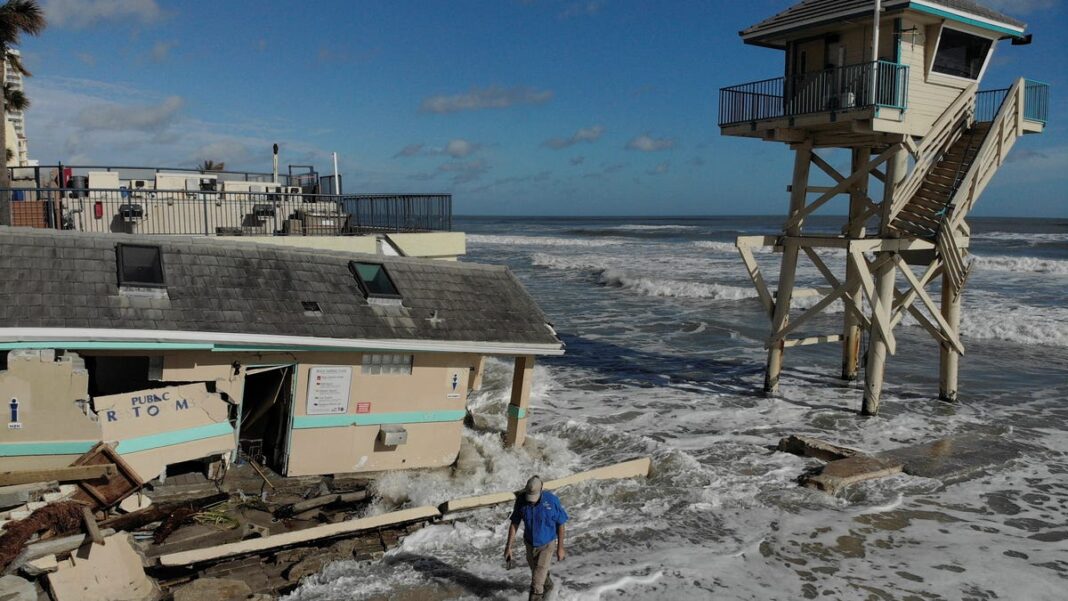November hurricane forecast indicates more storms might form after Rafael
As we approach the end of the 2024 Atlantic hurricane season, the question arises: Will soon-to-be Hurricane Rafael be the last storm of the season, or can we expect more activity? Overall, what does the rest of the hurricane season look like?
Even though the season is winding down, conditions seem “favorable for a couple more storms,” according to Phil Klotzbach, a meteorologist at Colorado State University, speaking to YSL News. “Besides the area the National Hurricane Center is keeping an eye on, which might develop north of the Leeward Islands, there’s additional potential in the Caribbean as well.”
This season has already been notably active, with 17 named storms, surpassing the average of 14. Out of those, 10 reached hurricane status, including the devastating Hurricanes Helene and Milton. Although hurricane season officially concludes on November 30, it’s not uncommon for storms to occur in December.
Global climate trends may encourage storm formation
“There are no definitive indicators right now, but the broader patterns seem quite ripe” for increased tropical cyclone activity after Rafael, Klotzbach stated.
He mentioned that global climate systems such as the Madden-Julian Oscillation (MJO) are currently promoting storm development. The MJO is a moving disturbance that impacts clouds, rainfall, winds, and atmospheric pressure in the tropics and cycles back to its starting point in 30 to 60 days, as explained by NOAA. This phenomenon significantly affects weather patterns, including hurricane activity, worldwide.
Additionally, forecasts predict that wind shear, which can disrupt hurricanes, will remain lower than usual by mid to late November. “Shear levels in much of the western Caribbean are expected to stay between 10-20 knots, which could definitely support another storm,” noted Klotzbach.
Potential for new storm next week
Another specialist, meteorologist Paul Pastelok from AccuWeather, informed YSL News that “the Caribbean still appears to be active,” particularly due to low wind shear. “We might see something develop there next week,” he added, suggesting it could take a path similar to that of Rafael.
Scientists from the Climate Prediction Center concurred, stating that next week in the Caribbean “will create a supportive environment for the development of late-season tropical cyclones.” Forecasts indicate possible storm formations in the western or central Caribbean as well as the western Atlantic near the Turks and Caicos Islands.
November hurricanes are rare but possible
“Out of more than 1,700 tropical storms and hurricanes recorded in the Atlantic Basin since 1842, 125 have occurred in November,” stated Rachel Duensing, a meteorologist at WNCN-TV. “While 125 storms is a significant number, it represents only 7% of all named storms during hurricane season.”
When it comes to hurricanes making landfall in the U.S., only four have struck the mainland during November, with the most recent being Hurricane Nicole that impacted Florida two years ago.
Here are the four hurricanes that have made landfall in the U.S. during November, as noted by Weather.com meteorologist Jonathan Erdman:
- Nicole in Florida (Category 1) on November 10, 2022
- Kate in the Florida Panhandle (Category 2) on November 21, 1985 (latest recorded U.S. hurricane landfall)
- A hurricane in South Florida (Category 2) on November 4, 1935
- The “Expedition Hurricane” in eastern North Carolina (Category 1) on November 2, 1861.

